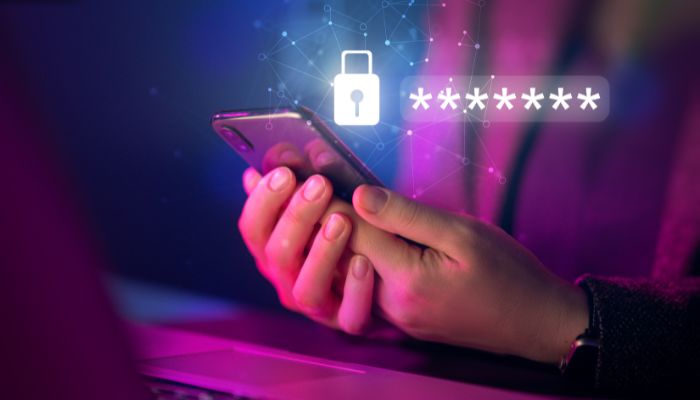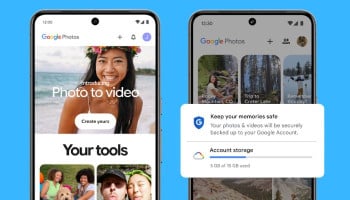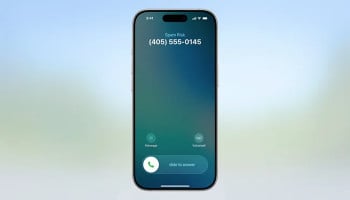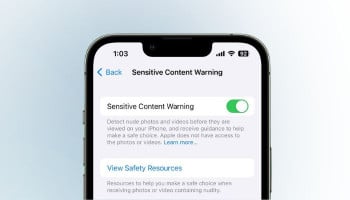
Android smartphones are effective devices for communication, entertainment, and business. However, with so much of your personal information saved on them, it is more critical than ever to keep your Android smartphone safe.
From photos and messages to passwords and bank details, our phones contain a lot of personal data. Android has a number of privacy controls that enable users to safeguard their information.
6 privacy settings every Android user should check
Gadinsider has compiled six different privacy settings every Android user should check to stay safe.
Permission Manager: Apps often ask for permissions like camera, location, or contacts.
- In Settings, tap Security & privacy
- Select Privacy controls > Permission manager
- Review each category (e.g., Camera, Contacts)
- Tap an app and deny unnecessary access
Precise Location Access: Some apps need your exact location, but most don’t.
- Go to Permission Manager> Location
- Tap each app
- Toggle off "Use precise location" unless necessary
Personalised Ads: Stop your phone from showing ads based on your activity.
- Under Settings, tap Privacy controls > Ads
- Turn off: Ad topics, App-suggested ads, and Ad measurement
Clipboard Access: Enable clipboard alerts to see when apps try to read copied content like passwords.
- Select Privacy controls in Settings
- Toggle “Show clipboard access” to ON
Lock Screen Immediately: Change the setting so your phone locks as soon as the screen turns off.
- In Settings, tap Security & privacy > Device unlock
- Tap the gear next to Screen lock
- Choose “Lock after screen timeout” > Immediately
- Turn ON Power button instantly locks
Privacy Dashboard: Check when apps accessed your camera, mic, or location by visiting the Privacy Dashboard.
- Go to Privacy dashboard in Settings
- Tap Camera, Microphone, or Location
- Review app access history
- Revoke permissions if misuse is found
















